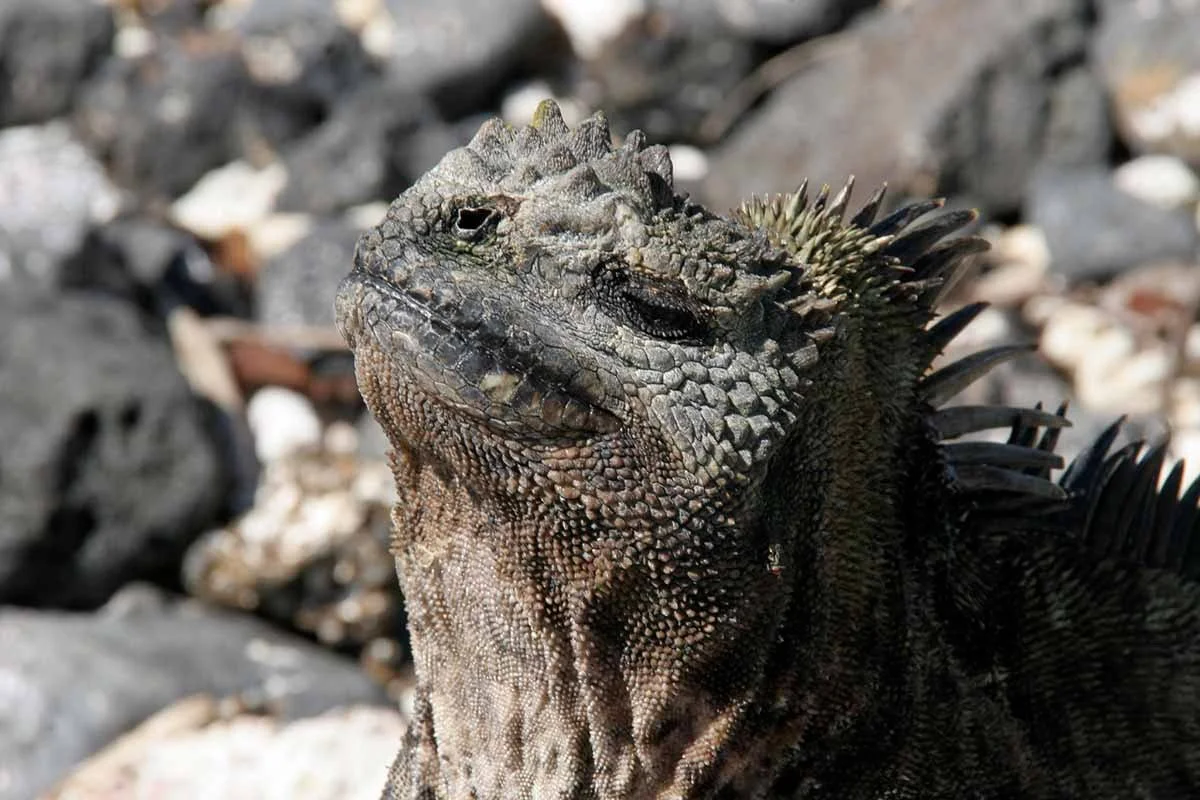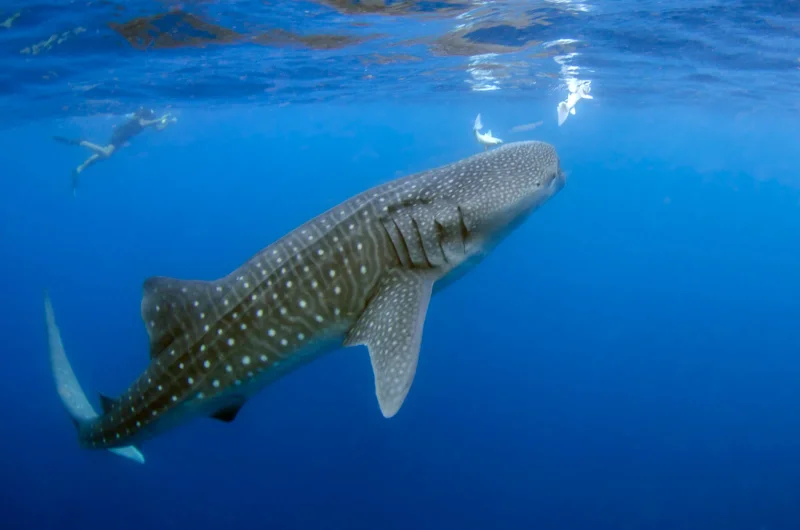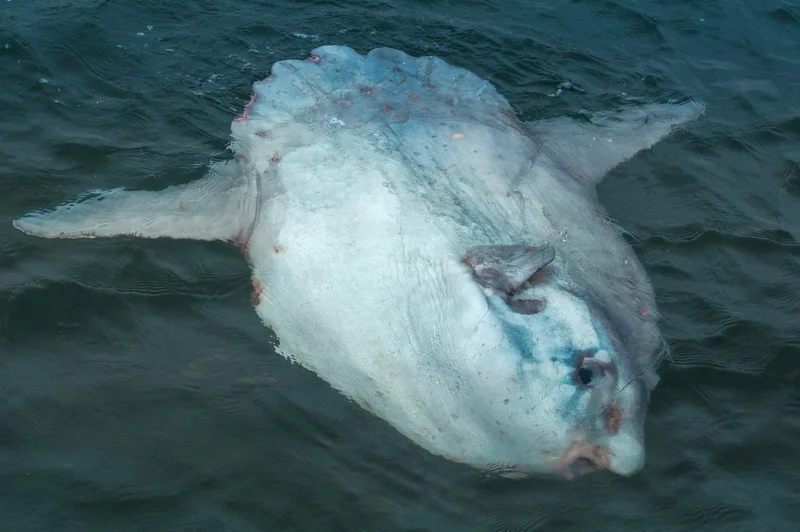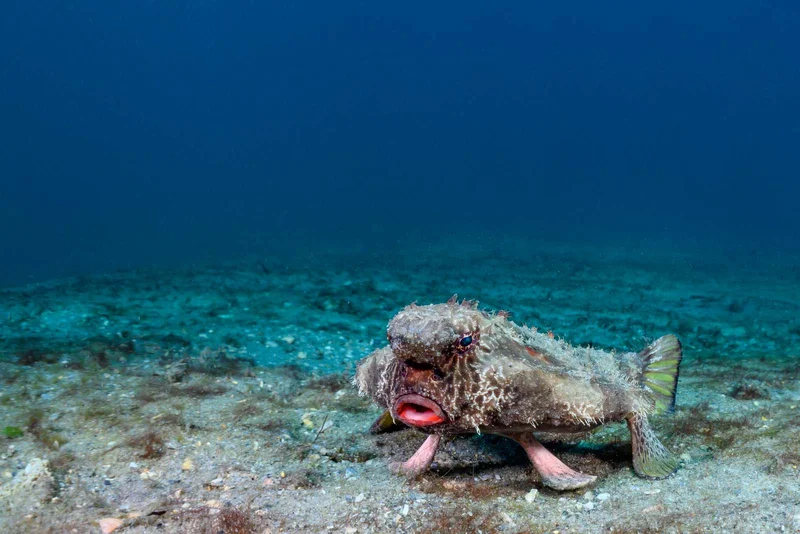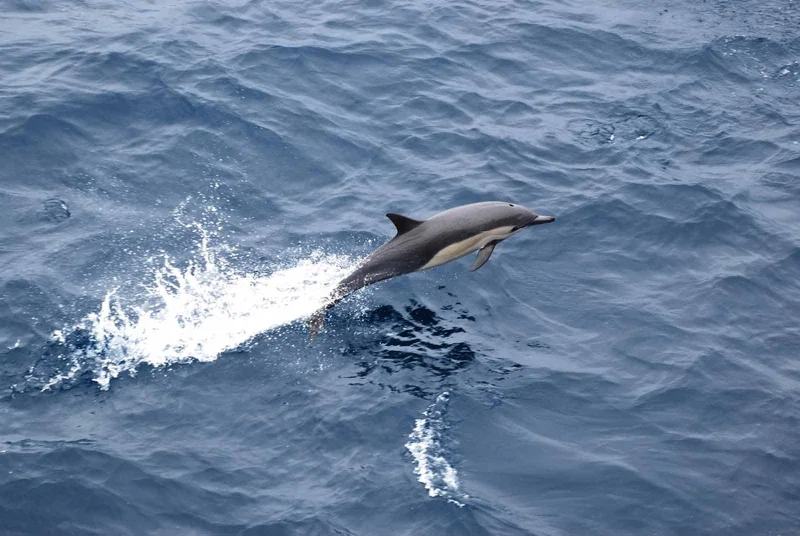Darwin Island - Galapagos
Far out Island surrounded by the rich Galapagos marine reserve
Darwin Island is one of the smallest isles that the Galapagos Archipelago holds, at barely 1 sq km, also famously known by its English name, the Culpepper. The present name has been bestowed on it in honor of one of its most famous visitors, Charles Darwin.
A spectacular piece of an eroded volcano that glorifies the beauty of the Pacific Ocean like none other, this isle rises right from the depths of the ocean, vertically, and is visited by many varieties of sea-birds throughout the year like the Darwin Mockingbird, the Swallow-tailed gulls, the Masked boobies and the Red-footed boobies.
Although Darwin island has gathered a good number of years on its back (4 million years approximately), it was visited for the first time not before 1964, first by a helicopter, and then a 3-hour boat journey from the Isla Wolf. This trip, till today, is often a highlight in the tour agenda of many dive visitors traveling to Galapagos Islands, especially for those who are drawn by the mesmerizing aquatic life underwater.
No land visiting facilities exist in this isle as it does not really have a cut-out access for visitors. You can view the exoticness of the island from aboard your yacht itself, which, travelers to the place say is nothing less than a once-in-a-lifetime visual treat.
Also known as the “best dive site” in the whole world, the isle is noted for underwater revelry. A must-visit spot for Scuba divers, Darwin contains a plethora of exotic sea mortals in its depth. The list includes Deep Sea Turtles, Dolphins, Spotted Morays, Eagle Rays, the Galapagos shark, the Scalloped hammerhead shark, Reef fish, Manta Rays and the Whale Shark (seasonally). The Albino Whale Shark is also seen here, but rarely. Rainbow colored fishes like the Sailfish, the Scorpionfish, the Hogfish, the Parrotfish and the Trumpetfish are also found to populate the waters of the Pacific surrounding the isle.
The Darwin’s Arch has great dive-sites on the north-eastern and south-eastern barnacle layered elevations of it, which are believed to be the best in the world even by the most famous of scuba divers of the time. This is, however, an expert scuba diving location as the waves here are voluminous and there are strong underwater currents to tackle as well. Strong & quick-changing currents in the water here extend a unique diving experience every time you take a dip. Water temperature in the northern isles is colder than its southern counterparts.
